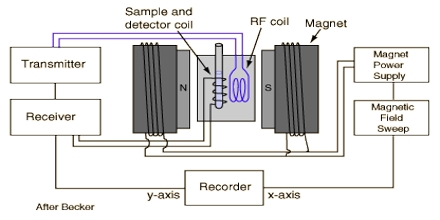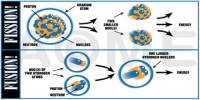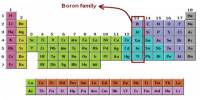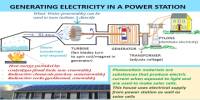Nuclear Magnetic Resonance is a very detailed method of chemical analysis for ORGANIC compounds. It can tell us the number of hydrogen atoms in a molecule and their related positions in the carbon chain. The nucleus of each hydrogen atom behaves like a tiny magnet, which usually lines up with an applied magnetic field. However, if we add energy, the tiny magnet can flip over so that it aligns against the magnetic field. When the nuclear magnetic moment associated with a nuclear spin is placed in an external magnetic field, the different spin states are given different magnetic potential energies.
Nuclear Magnetic Resonance
















